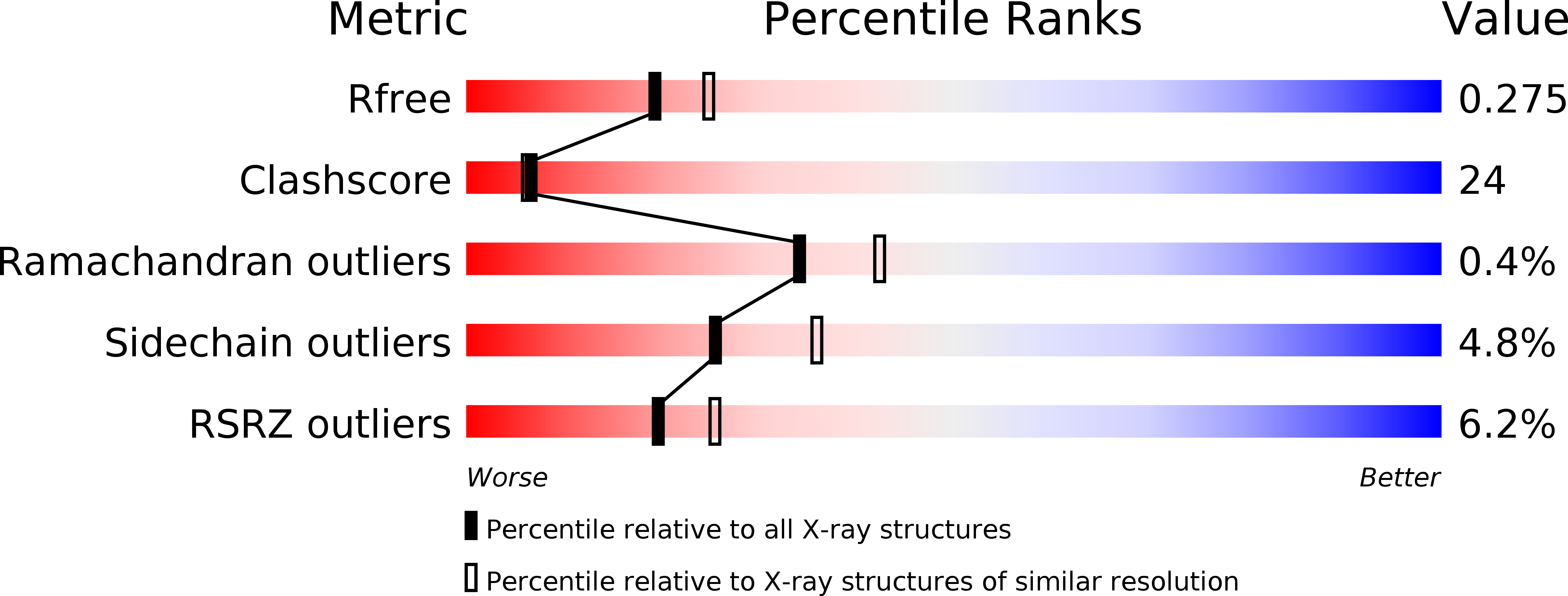
Deposition Date
2013-06-02
Release Date
2014-03-26
Last Version Date
2024-02-28
Entry Detail
PDB ID:
4L18
Keywords:
Title:
Crystal structure of Runx1 and Ets1 bound to TCR alpha promoter (crystal form 3)
Biological Source:
Source Organism:
Mus musculus (Taxon ID: 10090)
Homo sapiens (Taxon ID: 9606)
Homo sapiens (Taxon ID: 9606)
Host Organism:
Method Details:
Experimental Method:
Resolution:
2.30 Å
R-Value Free:
0.28
R-Value Work:
0.23
R-Value Observed:
0.23
Space Group:
P 1 21 1


